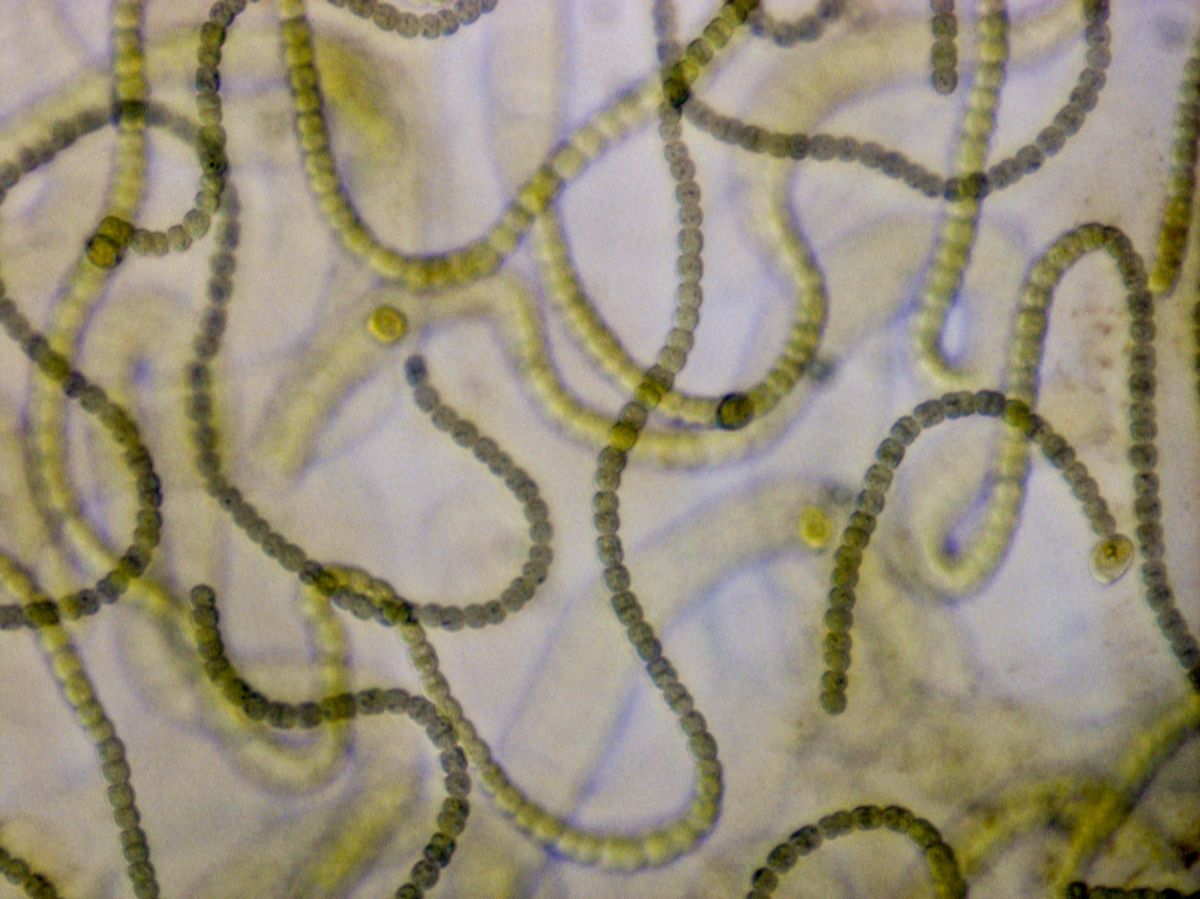World Water Day
Today, according to the UN, one in three people live without safe drinking water. By 2050, up to 5.7 billion people could be living in areas where water is scarce for at least one month a year. World Water Day is celebrated each year on 22 March to raise awareness of the 2.2 billion people living without access to safe water.
With so many possible contaminants that could cause a range of issues from harmless to dangerous, it is important to identify the causes of odd tastes or smells in the water.
Is it simple to provide tasteless and odorless water to the household taps? Recently, specific plankton species were identified to be the main reason for odor problems in several water sources in Türkiye.

Türkiye is the 19th most populous country in the world with an 84 million population and the country is suffering from water stress. Besides the increased risk of water shortage, the climate conditions of the country and the increasingly tangible climate changes booster the proliferation of potentially toxic cyanobacteria species in many surfaces water sources. Cyanobacteria are one of the main producers of these compounds in freshwater ecosystems. Such plankton blooms result in the appearance of the specific earthy and musty unpleasant odor of water, causing many complaints by people living nearby. If not appropriately treated the unpleasant odor may also reach the drinking water consumers.
Origins of Taste and Odour (T&O) in water
Two chemical substances are the most causative agents of taste and odor in natural water sources: Geosmin (GEO) and 2-methylisoborneol (MIB). Geosmin is an earthy-smelling, volatile compound that is harmless, but unpleasant for water users. They are the most causative agents of taste and odor in natural water sources.
The human nose can detect these compounds in concentrations as low as 10 nanograms per liter. Therefore, it is essential to regularly monitor the drinking waters to produce a timely solution and avoid consumers complaints.
A team of scientists from the Istanbul University, the Faculty of Aquatic Sciences have investigated a dozen of water samples from different water sources in Türkiye. For the first time, they report about Geosmin and 2-methylisoborneol producing cyanobacteria in Turkish freshwaters.

The cyanobacteria were identified by a combination of modern microscopy, analytical (Head space-solid phase microextraction (HS-SPME) coupled with gas chromatography-mass spectrometry (GC-MS), and molecular techniques using Polymerase Chain Reaction (PCR).
Next steps for having odorless and tasteless water
Since taste and odor become an increasing problem in drinking water sources, especially as a result of drought in several regions, detecting the responsible factor becomes crucial. Together with cyanobacteria, other producers, like Actinomycetes, play an important role in the production of these substances. Selecting appropriate molecular tools (PCR, qPCR, RT- qPCR, and next-generation sequencing) can be important for routine monitoring studies and to reveal the taste and odor producers. The identification of the target organisms could be the first step to find out the environmental parameters which trigger the increased biomass of the producers. It is necessary to understand the mechanism behind the taste and odor episodes to mitigate the problem at the source. The next step will be to continue studying the gene expression profiles of cyanobacteria to understand which environmental parameters are the triggers for odour production.
More details can be found in the paper ‘The first report of geosmin and 2-methylisoborneol producer cyanobacteria from Turkish freshwaters’.

The study was closely related to the WaterTOP COST Action – which stands for Taste and Odor in early diagnosis of source and drinking Water Problems – a European network of professionals from 37 countries working in the field of taste and odor related water problems. The workshops, seminars, and meetings organized by the Action disseminate the basic principles of sensory testing and chemical analysis and emerging technologies for detection of the source of taste and odor in water. The WaterTOP COST Action has the ambition of mapping the way for efficient coping with the taste and odor of drinking water in EU countries.
Additional information
Further reading
Article: The first report of geosmin and 2-methylisoborneol producer cyanobacteria from Turkish freshwaters – (Z. Tunç, R. Akçaalan, L. Köker and M. Albay). DOI: https://doi.org/10.23902/trkjnat.884423
News: My tap water smells. Should I worry?
Cover photo: courtesy of Ayça Oğuz Çam
